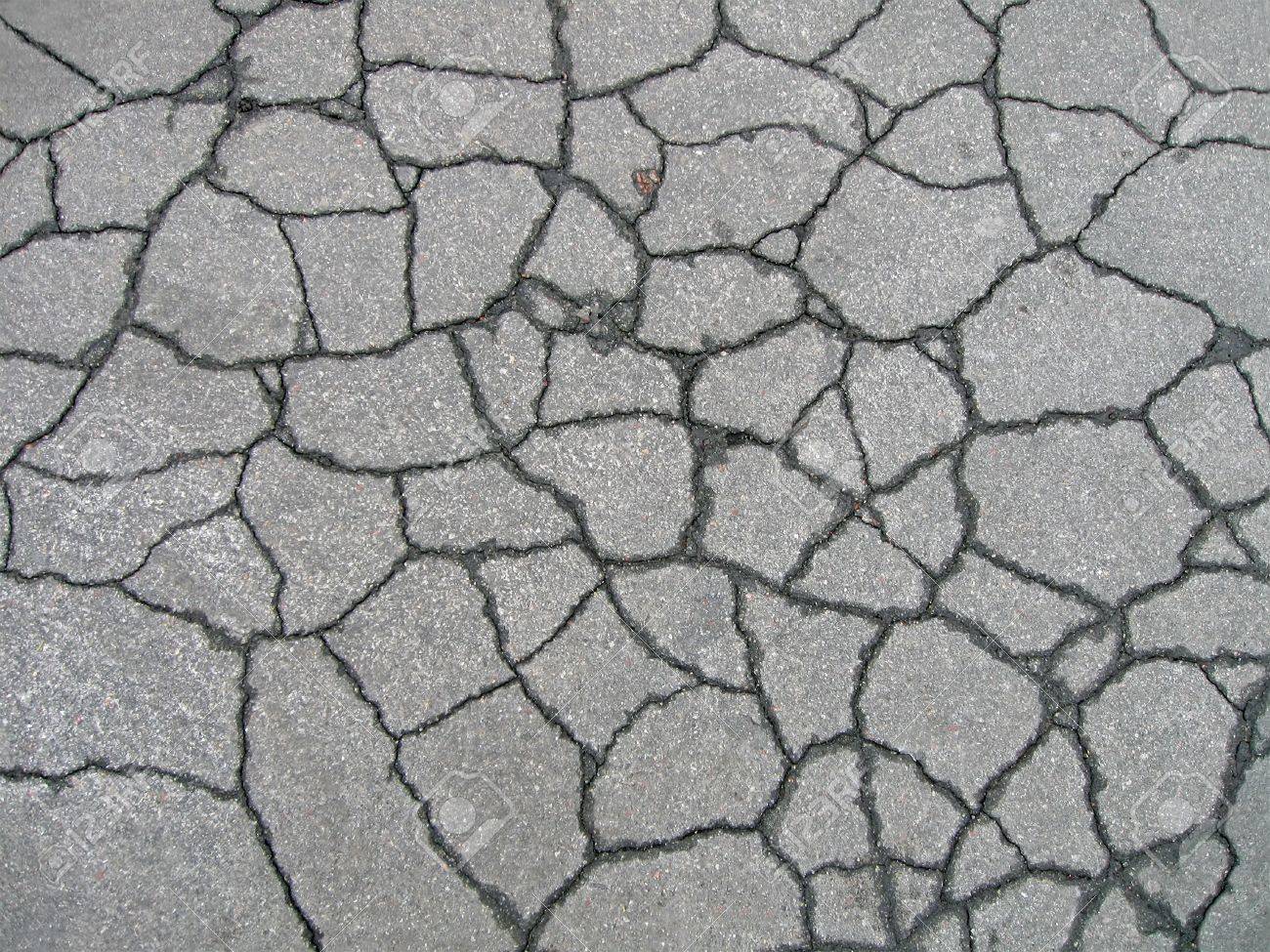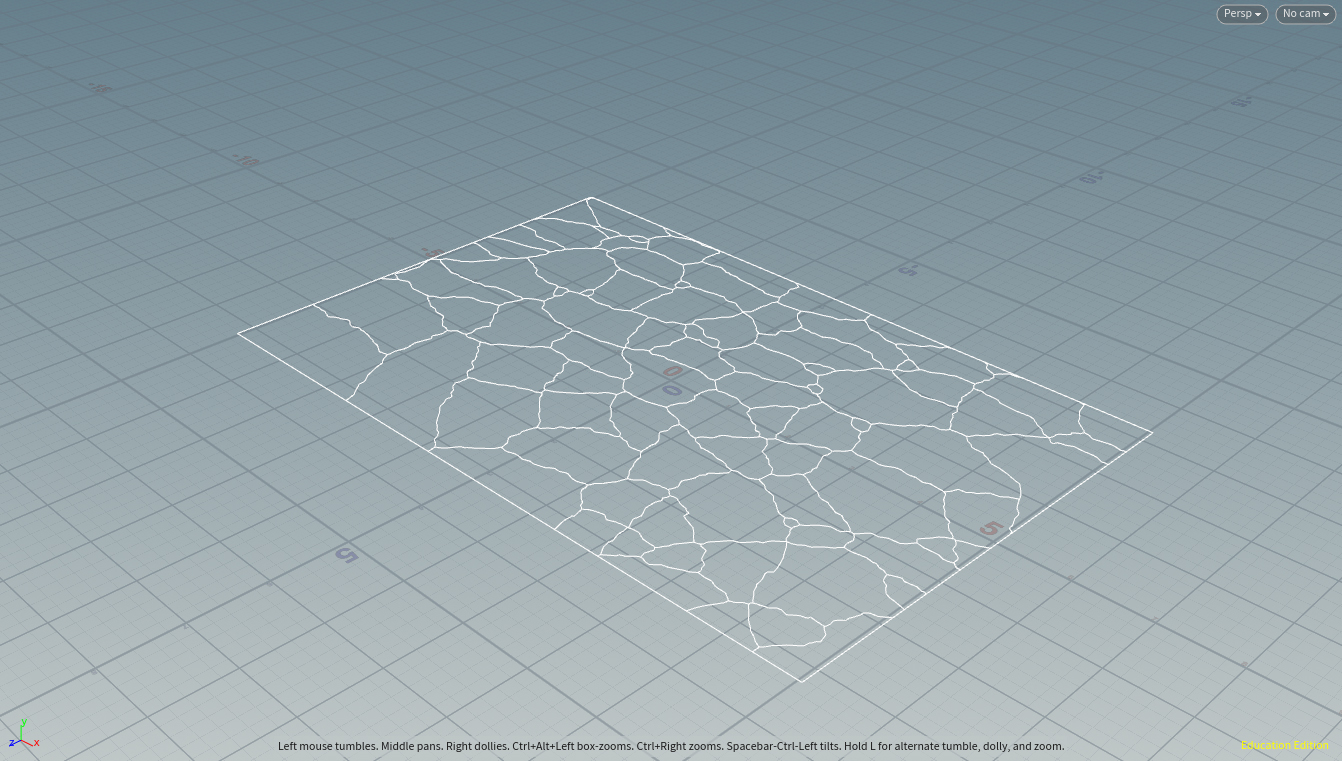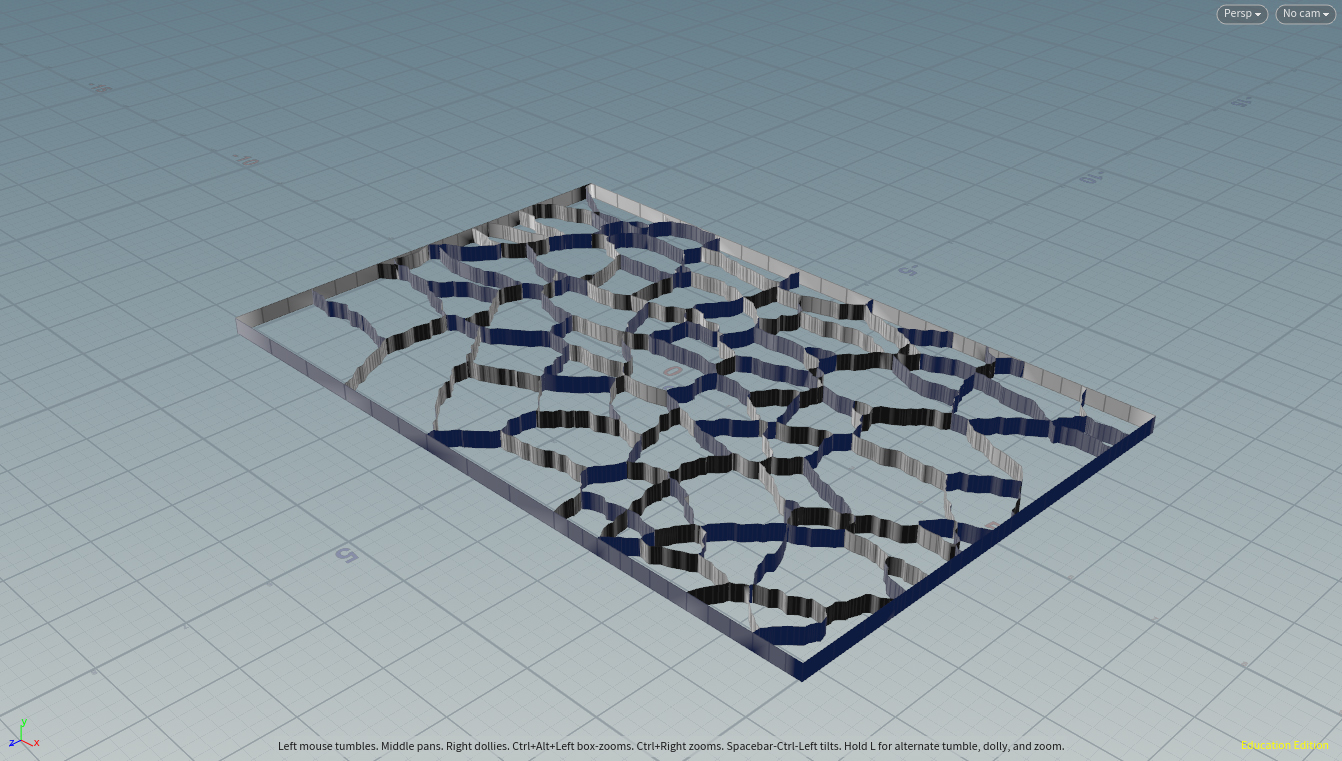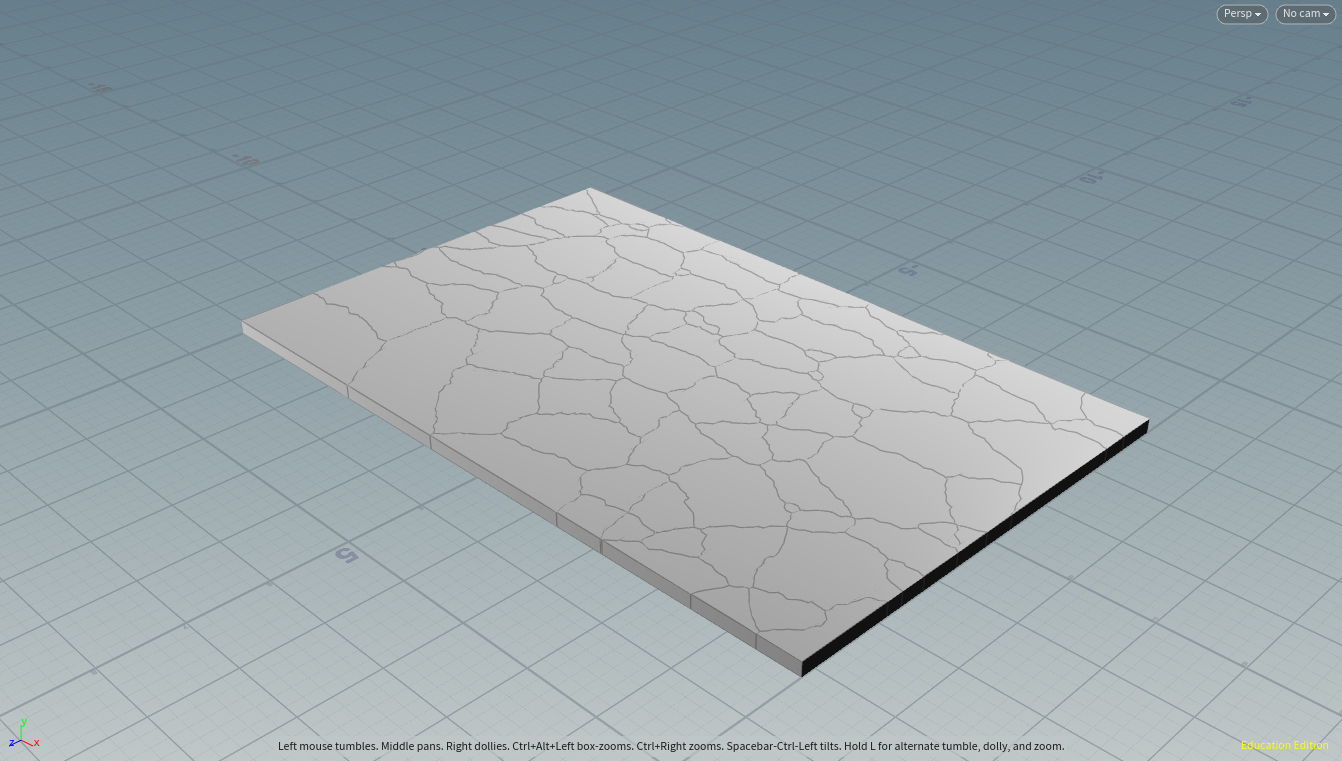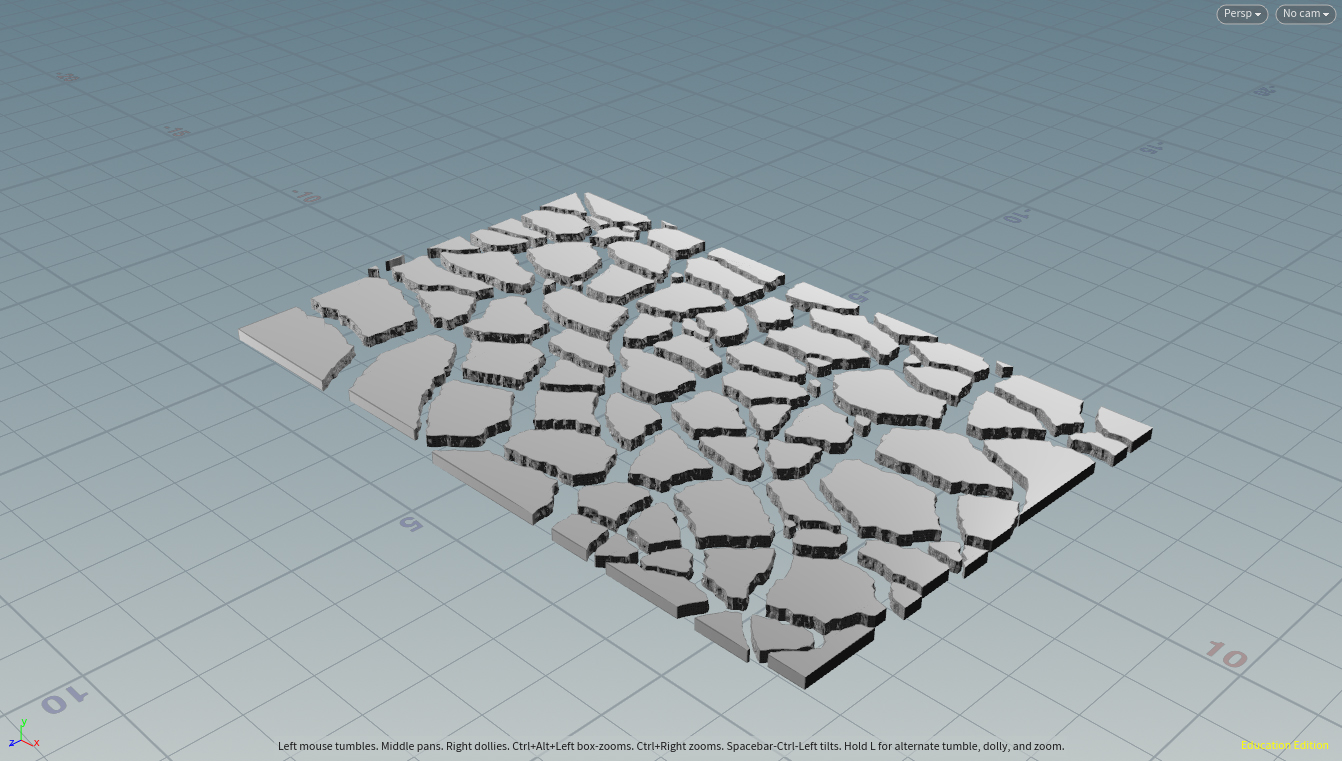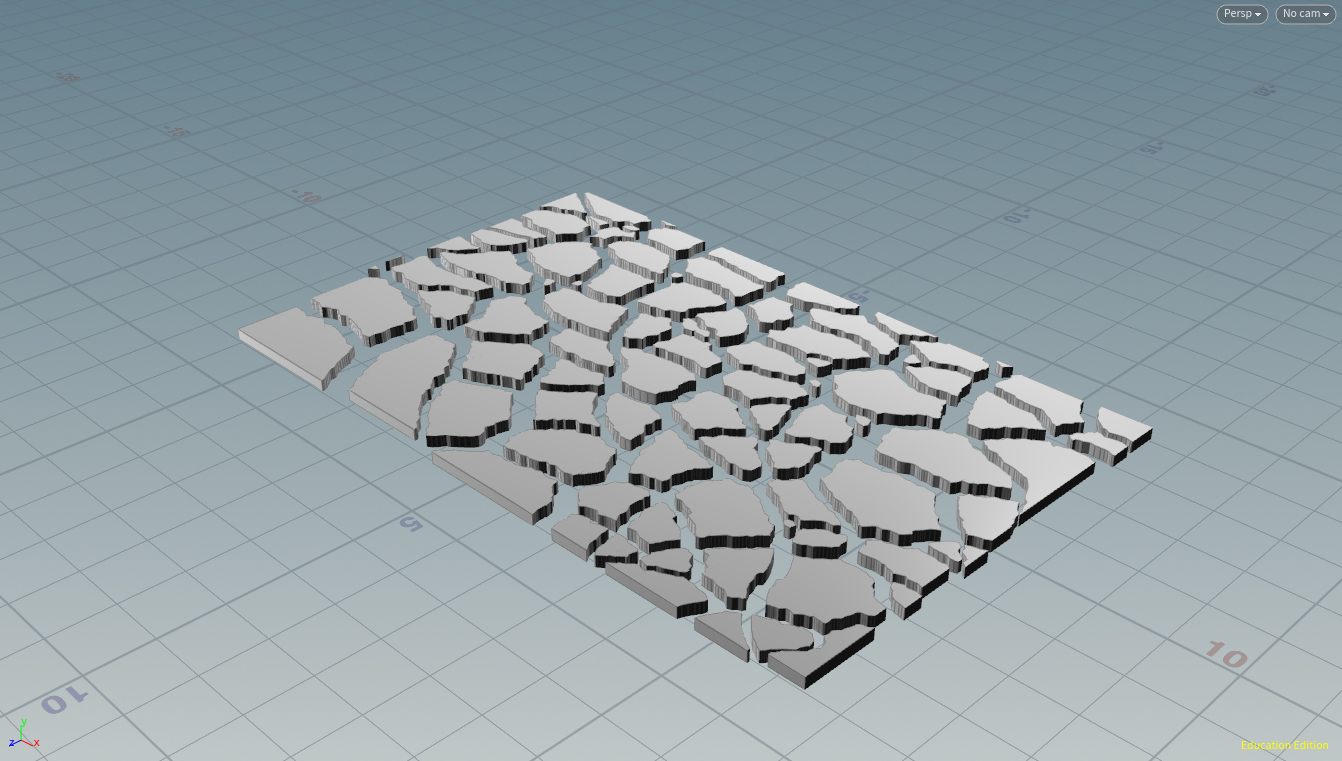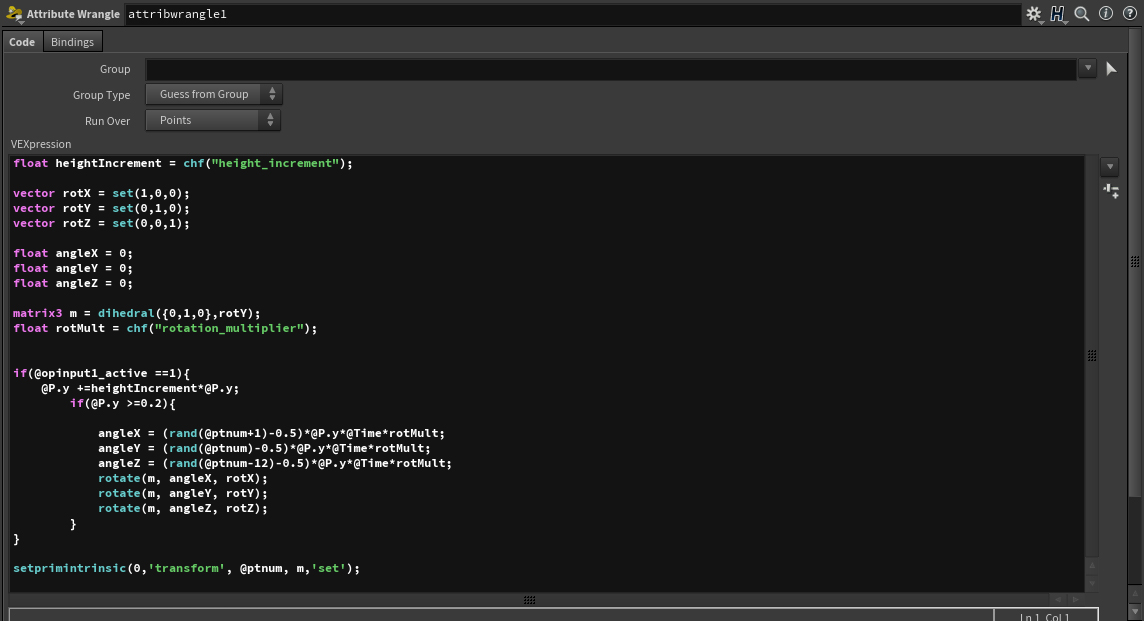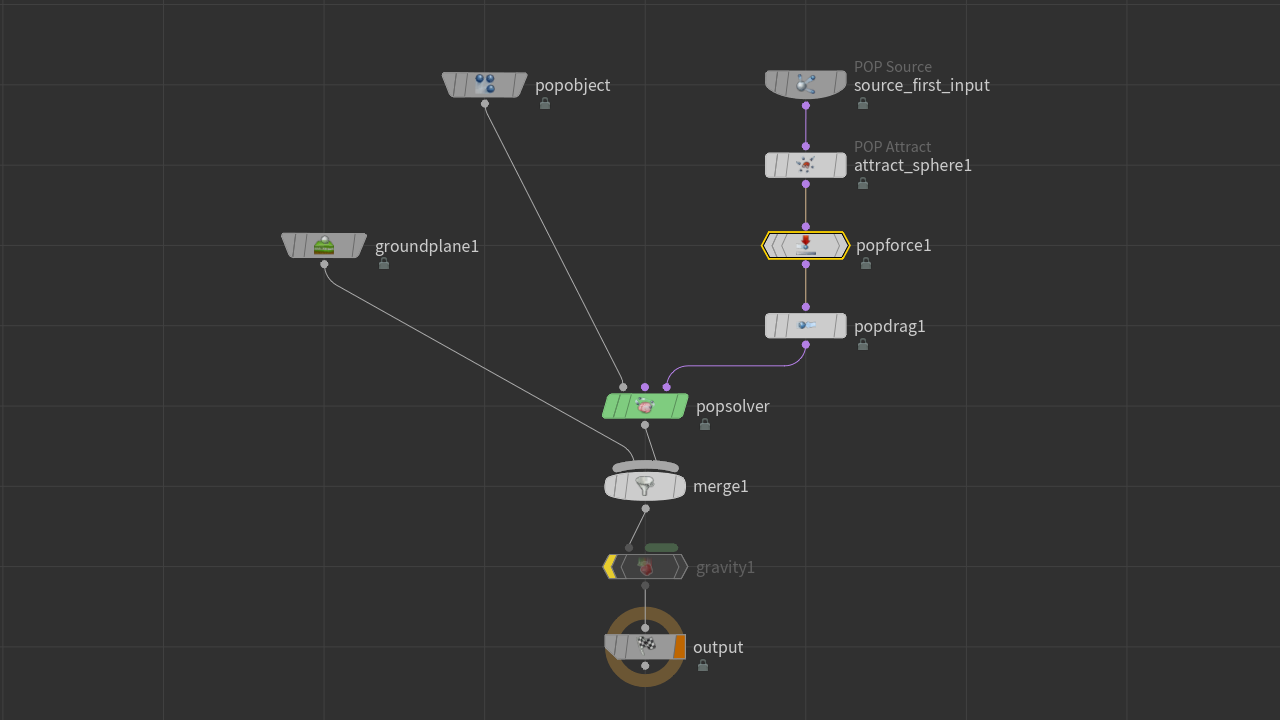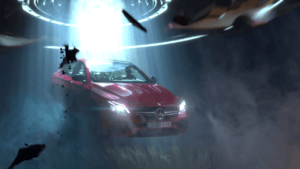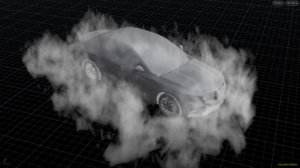The previous solution for the asphalt being pulled up was deemed somewhat ineffective for our project and we were suggested to go back to the drawing board and come up with a solution that was not dynamic to block out the pace, and overall feel of the sequence. At some point I was trying something procedural but since I’m still a fairly new Houdini user, I got stuck and decided to proceed to refine what I had in dynamics rather than start from scratch. The dynamics approach is scrapped now, and I resumed with the procedural approach. And it went like this:
First I decided to gather more reference of cracked asphalt. It’s funny because by looking for the following images, I discovered that they call them alligator cracking. Like alligator noise (there could be something there).
Wanting to retain that kind of detail, I decided to try and extract the crack information from one of these images. So what I did was I took one of the ones that had the “cleanest” line detail and put it into Photoshop. Adjusted its levels, used threshold and moved it to Illustrator where I traced it. That took me to 90%, but then I had to fix here and there by hand.
First I decided to gather more reference of cracked asphalt. It’s funny because by looking for the following images, I discovered that they call them alligator cracking. Like alligator noise (there could be something there).
Once I had the vector lines, I saved them as EPS, loaded them into Houdini and used it to extrude the lines. After that I ran a Boolean Shatter node on a block of geometry to make the chunks. By doing this I obtained fairly organic looking shapes.
Finally I went on and used an RBD Interior Detail node to add detail on the surface of the inner faces.
I took the pieces, packed them (for ease of handling them), and put an Attribute Wrangle after where I set a short code to be able to activate them randomly one by one (like before).
But now the procedural effect is handled within a SOP Solver where I evaluate the @active attribute and make it go up a small step each frame multiplied by @P.y to make it look as if it’s accelerating. I also found a way of making them rotate incrementally by diving into the crazy world of quaternions (thanks to the forums and Matt Estela).
This is the result of this procedural setup. Took me a while, but hey. A year ago I couldn’t use VEX!!!
Is it better? Well, there are certain things that are definitely better. Some of them are the following:
- Control over what goes up, how much, its rotation, amount of rotation. So, control in general.
- The way I created the asphalt definitely makes prettier looking pieces. More realistic
What I lost (for now, I hope):
- The struggle of the pull. I need to add some bending, or something to the pieces. Maybe refracture them even. We’ll see how I can resolve this.
Now, let’s talk about layers and POPs. This shot starts with the beam already having some effect on the scene. If you remember the previsualization, in the first shot it alters the pebbles, debris, etc from the ground. so by the time we get to this segment, there’s stuff in the air already (small stuff).
For this, I just setup a simple POP Network where I emit particles from the road, give them some drag and force noise and attract them to a point up in the ai . Here’s the simple setup:
This quick setup gives some context regarding timing and background regarding the sequence in relation to the other shot.
An extra pop layer was added on top of the two things. This time it’s debris from the chunks of asphalt being pulled up. For this I used Debris Source and emitted POPs from the points generated.
This is the result of the stuff being layered up together with the car. I like to think that now I have more control over the whole thing and that maybe this is getting somewhere.
Things to work on
- Get the struggle from the ground tear (upwards pull)
- Maybe some subfractures to the chunks while they go up
- add collisions to geometry (right now the particles don’t collide with the asphalt nor the car)
Hopefully by next time, this will be much much better. Until next time.

